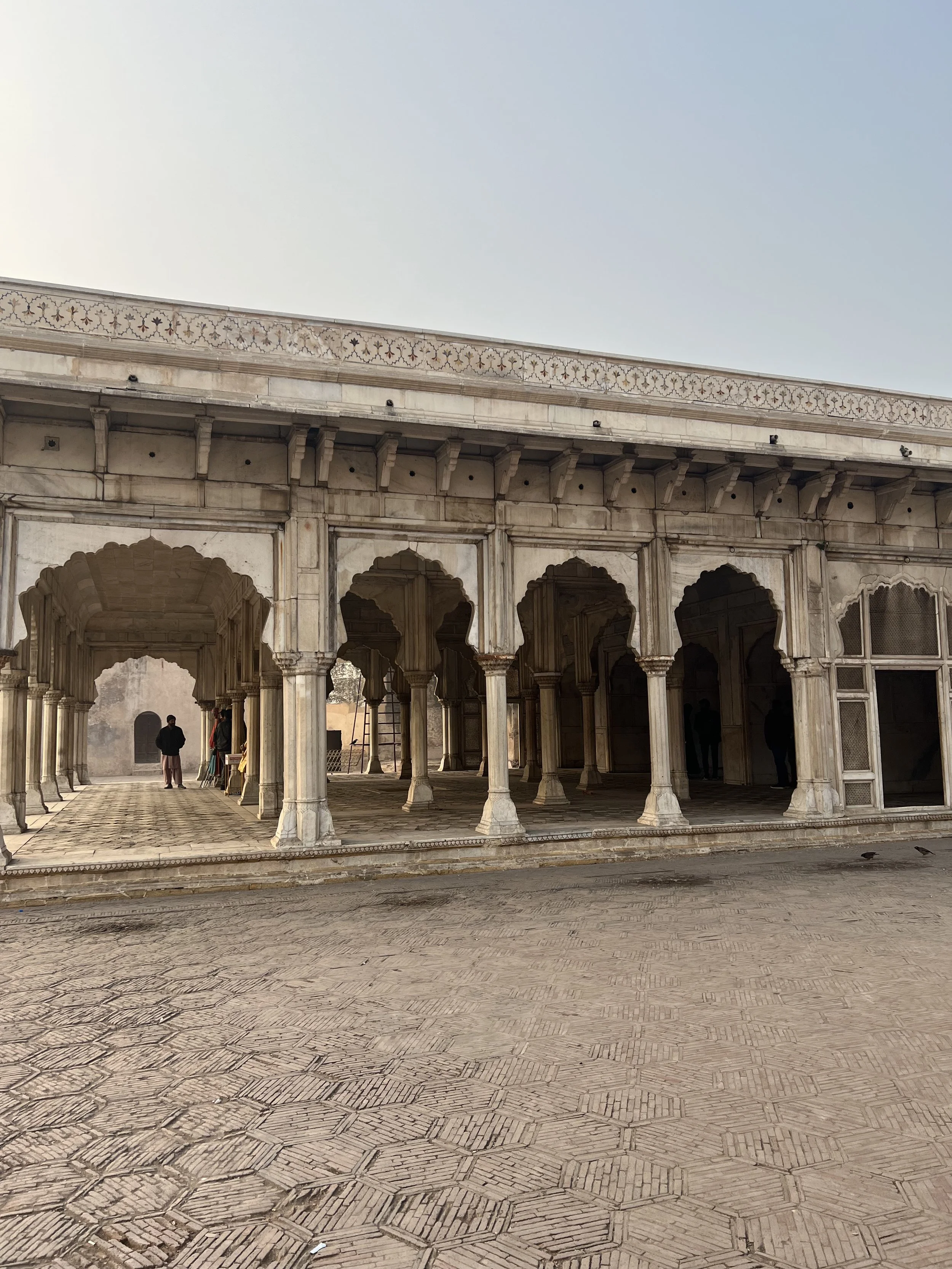LAHORE
One of the oldest cities in the Indian subcontinent, no historian is certain of the city’s origins. According to Hindu mythology, Lahore is said to be founded by Lav, the son of Rama and the city was at first named Lavapuri or Lavkot. In the earliest reference to the city (made by Greek historian Ptolemy (in his Geographica) it was called Labokla.
The documented history of Lahore begins with the Hindu Shahi Dynasty which governed from the 9th to early 11th Centuries. Mahmud of Ghazni seized Lahore in the early 1000s which marked the beginning of the muslim rule. The Ghurid Dynasty followed the Ghaznavid Empire and situated Lahore as a significant military outpost of the Muslim kingdom.
Established in the early 16th Century, the Mughal period was the beginning of a summit for Lahore, as many of the Emperors (specifically Akbar, Jahangir, and Shah Jahan) invested greatly in bettering the city by building mosques, gardens, and palaces. It was during the Mughal empire that Lahore became one of the most substantial cities.
Grave of the Mughal emperor Jahangir at his Mausoleum in Lahore.
Alongside the downfall of the Mughal empire, the Sikh confederacy began to rise. The Bhangi misl - based in Sialkot briefly controlled Lahore, however, this was categorised by a series of power struggles with other misls and local powers.
In 1799, Lahore was captured by the first Sikh Maharaja, Ranjit Singh - leader of the Sukerchakia misl, who made it the capital of the Sikh Empire. The Sikh empire was defeated in 1849, and Lahore officially came under the British Raj. It was in this period that modern educational systems, and transport was introduced.
Mughal - Sikh court.
The 1947 partition of Punjab was a time when Lahore was reshaped through demographic, social, and cultural changes. Preceding the partition, Lahore saw some of the worst riots and communal violence of any Punjabi city between the Sikh, Hindu, and Muslim populations as it was culturally and religiously important to each. Following the partition, whereby it’s twin city, Amritsar became part of the Indian Punjab, Lahore experienced one of the largest migrations, and currently houses a large muslim population, whilst still holding Sikh and Hindu temples from the past.
A foggy sky over Minar-e-Pakistan, built to pay tribute to the Lahore Resolution of 1940.
Today, Lahore is the capital of Pakistani Punjab with the largest population of 12 million people. It is often called the cultural capital of Pakistan because of its opulent history.
Until our paths cross in Multan - Trish Saab

